Nutritional Sciences
Nutrigenomics, Inflammation and Obesity Research Lab (NIOR)
Research Tools
Dr. Moustaid-Moussa's laboratory is applying metabolic, genetics, genomics and proteomics applications to better understand the global function of adipocytes and its regulation by nutrients, hormones in obesity, diabetes, and hypertension. They are using both in vitro cultured adipocyte models (primary and cell lines) as well as animal models as described above.
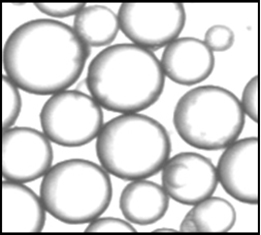
Isolated primary mouse adipocyte
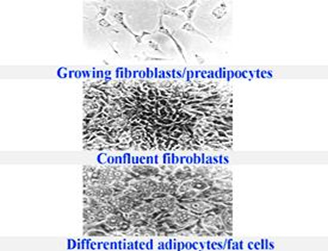
Murine preadipocyte cell line
Fat Cell Imaging
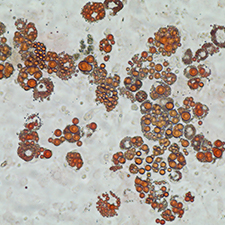
Oil Red O
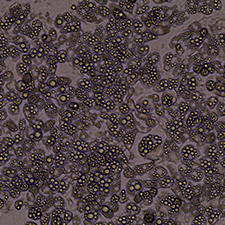
Light Microscope
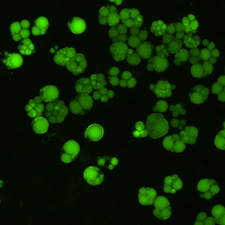
Nile Red
Animal Models
Our lab uses a variety of tools to understand nutrient-gene interactions in health and disease states, with emphasis on obesity, diabetes and cancer. We primarily use mice as animal models and all experiments are first reviewed and approved by the Institutional Animal Care and Use Committee. Examples of dietary, pharmacological and genetic manipulations we use include feeding high fat diets, various bioactive food components such as omega 3 fatty acids or soy isoflavones, treating with pharmacological agents such as anti-diabetic or antihypertensive drugs, or using genetically altered mice (transgenic and knockout animal models to dissect the role of overexpressing or deleting specific genes in disease processes). Our goal is to understand the physiological, cellular and molecular mechanisms linking diet, genetics and environmental factors to human obesity and metabolic disorders, using relevant animal models.
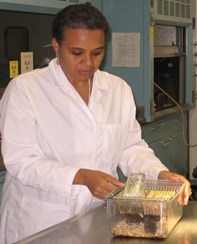
Nutritional Sciences
-
Address
Texas Tech University, P.O. Box 41270, Lubbock, TX 79409-1270 -
Phone
806.742.5270 -
Email
hs.webmaster@ttu.edu
